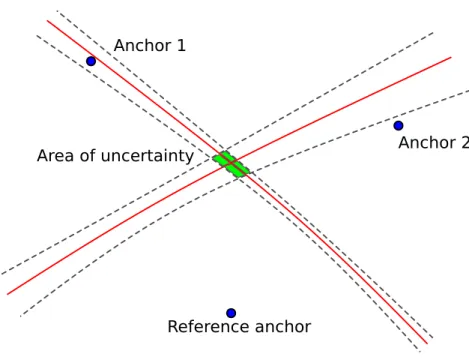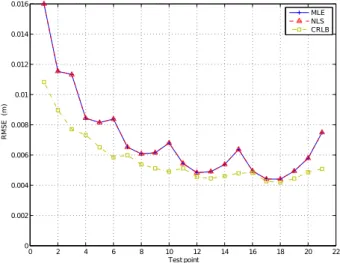Sensor resource management with evolutionary algorithms applied to indoor positioning
Texto completo
Figure




Documento similar
These new algorithms optimize the search of the communities using different fitness func- tions, which combine distance metrics based on features of the nodes, with measures related
Then, four measures based on color and motion are selected and examined in detail with different segmentation algorithms and standard test sequences for video object
Figure 5.5 shows FIPA performance results for trace cache sizes from 32 to 2048 entries (2KB to 128KB of instruction storage) with and without STS, using perfect branch and
whereas the later shows the results using the best measure for each representation ac- cording to the experiments introduced in Section 4.1 (Sørensen -and group 3 measures-
OBJECTIVE: To analyze the effect of strength exercises using different orders for upper and lower limbs on the specific performance of junior judo athletes.. METHODS: 39 male
In Proceedings of the 2016 International Conference on Indoor Positioning and Indoor Navigation (IPIN), Madrid, Spain, 4–7 October
Another important concern in the performance of the micro- hot plate is its thermal efficiency. Power consumption should be minimized if the objective is to integrate the sensor
The results ob- tained using the target mock covariance (blue, dashed), Gaussian covariance (red, dotted), proxy mock covariance (green, dotted- dashed), the proxy mock corrected





